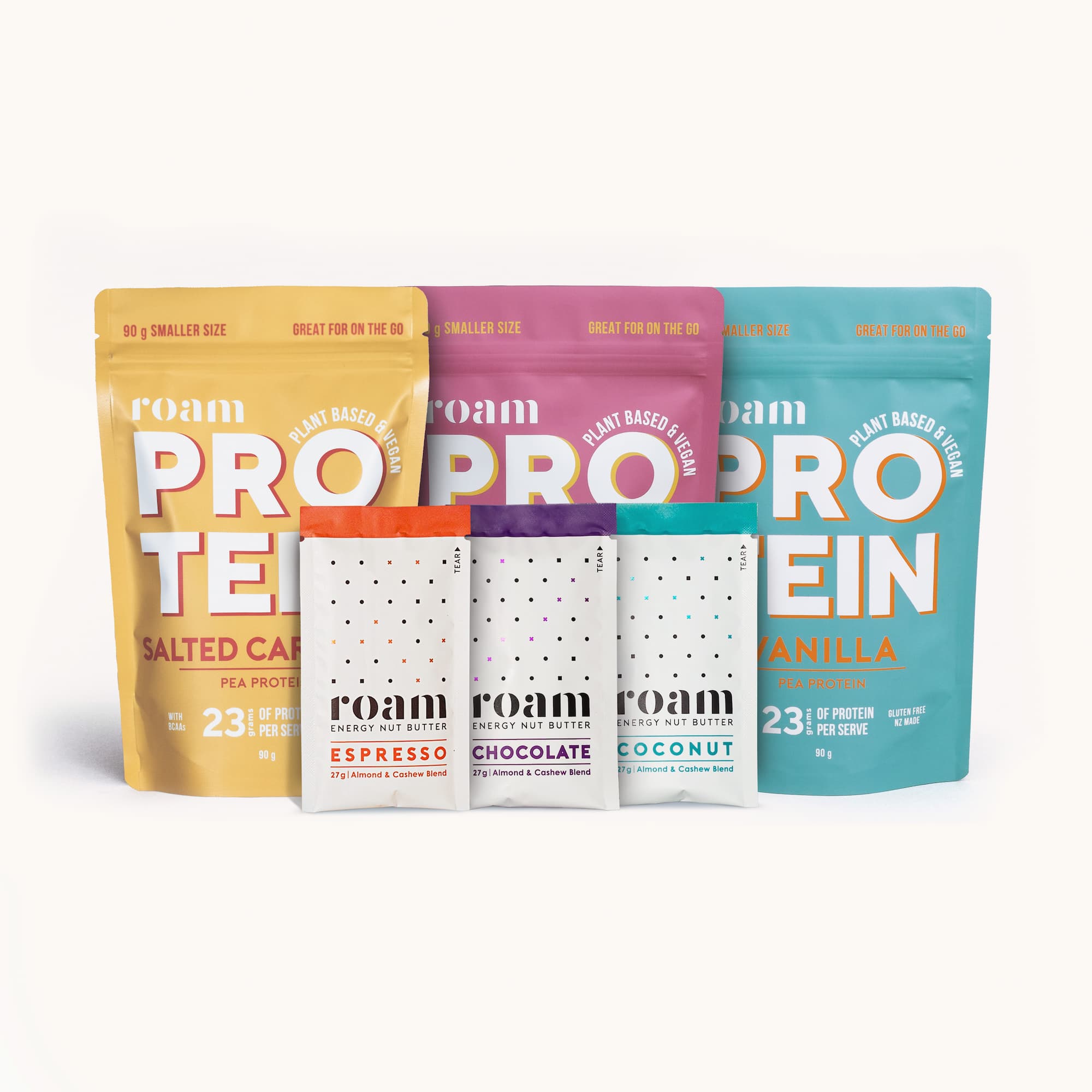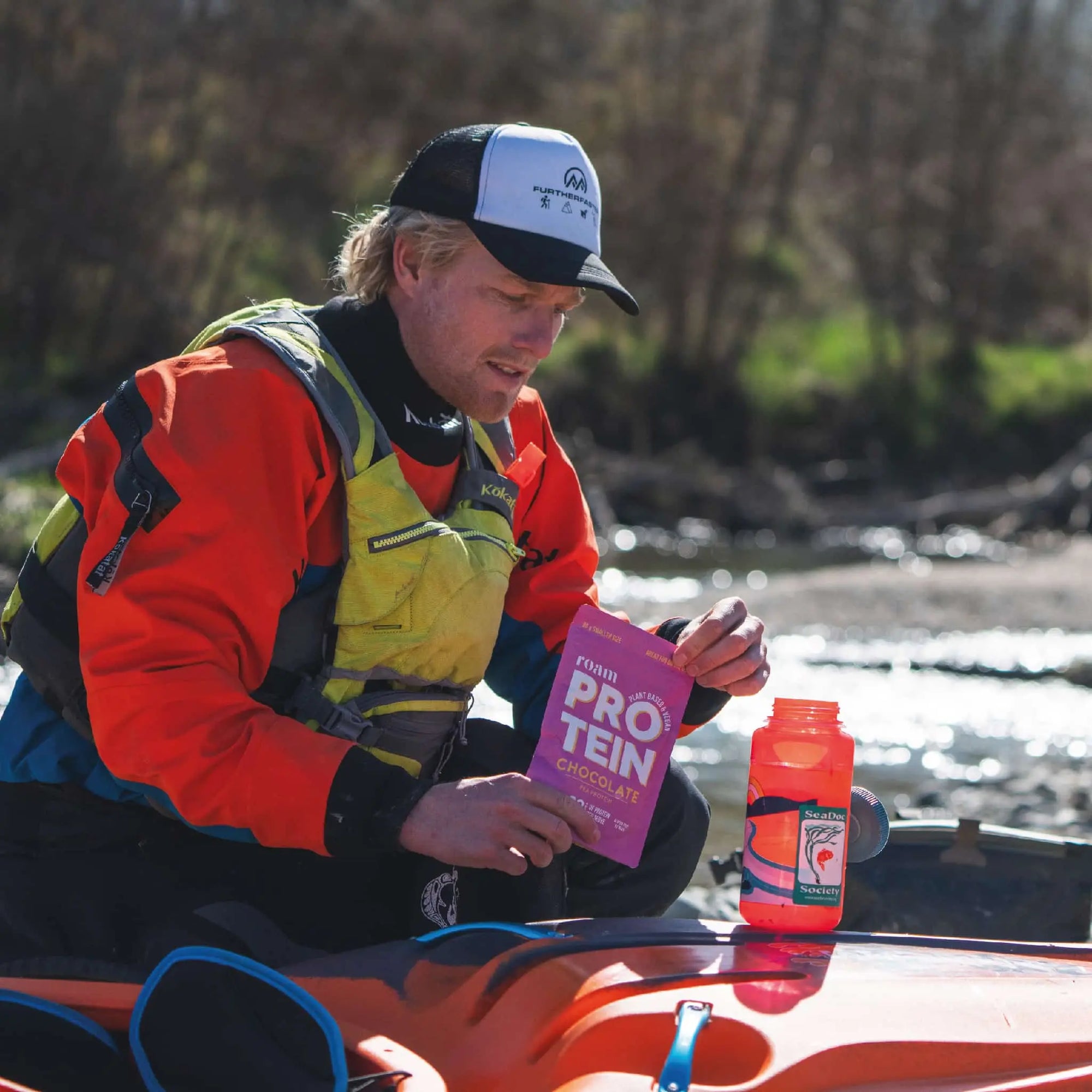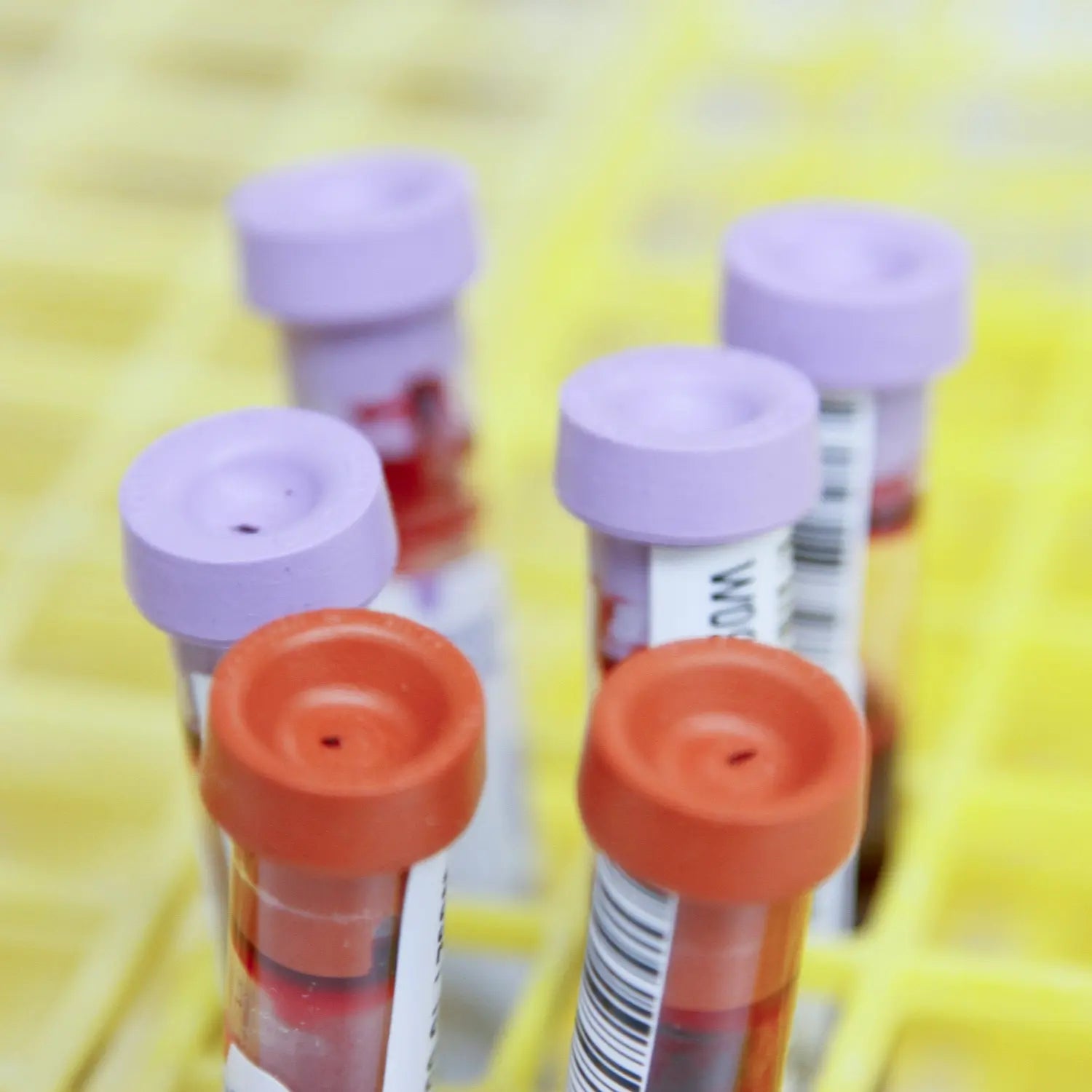
Athletes and iron: what to do when your iron levels are low
You may be training hard, sticking to your scheduled sessions, and eating well to fuel and recover from your workouts. But despite your best efforts, you still feel tired and your progress has plateaued. So, you visit your doctor, who requests a blood test. The results come back, and you’re low in iron. Now what?
This article is going to cover everything you need to know about iron, including understanding blood tests results, and lots more. This is a long article, so skip ahead to sections that are most relevant to you.
Disclaimer: Consult with a qualified healthcare provider who can offer tailored advice based on your unique medical history and lifestyle. This article is intended for knowledge-building purposes only!
- Why is it important to have sufficient iron stores?
- How do I interpret my iron blood test results?
- What’s the difference between iron deficiency and anaemia?
- What’s the best way to restore my iron levels?
- How often should I get my iron levels tested?
- Examples of blood test results in Australia & New Zealand
Why is it important for me to have sufficient iron stores?
Iron plays many roles in the body. Its most well-known role is to transport oxygen to your muscles and organs. It does this by forming a key part of haemoglobin, a protein in red blood cells that carries oxygen from the lungs to the body via the blood. If you’re active, it’s important that your iron stores are adequate to support health and exercise performance.
Iron is also essential for energy production – it helps your cells generate adenosine triphosphate (ATP), or energy.
And iron contributes to your immune system, helping your body to fend off infections and recover more quickly from exercise.
Understanding Your Iron Blood Test Results
Iron blood tests measure several components with each providing insight into your iron status. A typical iron study covers:
- Serum Iron or Iron measures the amount of iron in your blood in micromoles per litre of blood (umol/L). Low serum iron can indicate iron deficiency but must be interpreted alongside other markers.
- Ferritin is a protein that stores iron in the bone marrow, liver, and spleen. It’s measured in micrograms per litre (ug/L). Low ferritin levels suggest depleted iron stores, even if serum iron levels are normal. Note that inflammation can cause ferritin levels to increase, regardless of your body’s iron stores. This can sometimes mask an underlying iron deficiency. Your doctor may also request tests for inflammatory blood markers, for example C-reactive protein (CRP) to rule out any inflammatory conditions or infections.
- Transferrin is a protein that transports iron in the blood and is measured in grams per litre (g/L). High levels of transferrin can indicate that your body is producing more to capture available iron, a response to maximise iron absorption when your iron stores are low.
- Transferrin Saturation is usually reported as a percentage and indicates how much iron is bound to transferrin. Low transferrin saturation can be a marker of iron deficiency.
- Haemoglobin (HB or Hb) is the protein in red blood cells that carries oxygen. Low levels can suggest anaemia. This may be measured in a Complete Blood Count test, not an Iron Study test.
Toward the bottom of the article, you'll find examples of what these test results look like in Australia and New Zealand.
Iron Deficiency vs. Anaemia
The TL;DR is that iron deficiency is less severe than anaemia. If you’re iron deficient, your body’s iron stores are low. If you’re anaemic, your low iron stores have affected your body’s ability to produce sufficient red blood cells.
Iron deficiency
Your body may have an iron deficiency for one or multiple reasons, such as:
- inadequate intake from your diet;
- increased iron requirements (for example during pregnancy and breastfeeding);
- impaired absorption (this could occur in coeliac disease or after bariatric surgery); or
- blood loss, whether that be through your menstrual period, a blood donation, or gastrointestinal bleeding.
If you have iron deficiency, your body’s iron stores are depleted but not to the level where your red blood cell production has been significantly impacted.
In the early stages, you may have mild or even no symptoms. As it gets worse you may experience symptoms like:
- Decline in exercise performance. This could mean slower times, it’s hard to maintain your regular training intensity, or it’s difficult to complete workouts
- Fatigue and decreased stamina during your workouts or races
- Exercise that previously felt easy now feels harder
- You feel that your muscles tire more quickly, and it takes you longer to recover
- Shortness of breath: even during moderate exertion
- Dizziness during or after exercise
- Cold hands and feet due to reduced blood flow
- You may feel irritable and have difficulty concentrating.
Your blood test results could present themselves in different ways. We’ve outlined a couple of scenarios below:
- Early-stage iron deficiency, your ferritin levels might be low, showing that your iron stores are depleted. However, your serum iron and transferrin saturation levels could still be normal. This is because your body can temporarily adjust and manage with reduced iron stores.
- Inflammation or chronic disease: If you have inflammation or a chronic disease, your ferritin levels may appear falsely high, even if your iron stores are low. In these cases, low serum iron and transferrin saturation values may indicate iron deficiency.
- Acute iron loss: May cause your serum iron levels to drop; however, your ferritin levels may lag, as the body depletes its iron stores over time.
- Iron supplements: If you take iron supplements sporadically, your serum iron may appear normal, but your ferritin levels could be low due to insufficient overall iron stores.
Anaemia
Anaemia, or iron-deficient anaemia, is a more advanced stage where a lack of iron has impacted your body’s ability to produce haemoglobin. The result? Your body produces fewer red blood cells that are smaller in size. No bueno! This affects how much oxygen your blood is carrying around your body and leads to more pronounced symptoms, like:
- Extreme fatigue, making regular training difficult
- Large performance drops in regular paces/times and overall endurance
- Breathlessness and heart palpitations
- Pale or yellowish skin
- Increased likelihood of muscle cramps and soreness
- Pica: craving for non-food items (like ice or dirt).
If you are diagnosed by your doctor as anaemic, you may expect your blood test results to contain low haemoglobin (fewer proteins in your red blood cells) and low haematocrit (fewer red blood cells than usual). Your blood test results may also indicate low ferritin, low serum iron, and low transferrin saturation.
Common methods to restore iron levels
If your blood test results indicate that you have lower than normal values, your doctor will probably recommend that you take a supplement or even an infusion to restore your iron levels.
Iron Tablets
In New Zealand and Australia, the most common supplement that doctors prescribe is called Ferro-grad C, and it’s widely used to treat both iron deficiency and anaemia. Ferro-grad tablets contain 325mg of Ferrous Sulfate (equivalent to 105mg of elemental iron) and 500mg of ascorbic acid (Vitamin C) to help your body absorb the iron. If your doctor prescribes you iron, it will generally be Ferro-grad C. You can also buy it over the counter at most pharmacies.

Other forms of iron include ferrous fumarate and ferrous gluconate which also vary in elemental iron content and absorption.
Many people who take iron tablets like Ferro-grad complain of side effects such as constipation, a sore tummy, or tarry stools 💩. We hear you, but Ferro-grad is effective if used consistently and it is usually the best bang-for-your-buck. Here are some tips to manage these symptoms:
- Ease into taking your supplements: split the tablet in half and take it in the morning and night.
- Use alternate-day dosing to improve tolerability
- Take with meals so it is less harsh on the stomach. Avoid taking with tea, coffee or red wine as they can reduce absorption.
- Use a stool softener or gentle laxative to help your gut. We recommend Nature’s Sunshine Lower Bowel Support. Take it at different times of the day to your iron tablet to avoid it negatively affecting iron absorption.
Dosages
For mild to moderate iron deficiency, 100-200mg of elemental iron per day is usually recommended by doctors, so 1-2 Ferro-grad tablets per day. It can take several weeks to months to replenish your iron stores fully and to normalise haemoglobin levels.
Consistency is key, as a week of iron tablets usually won’t fix iron deficiency.
Other iron supplements
If tablets aren’t your thing, liquid iron products are also available. It’s important to check the amount of elemental iron per dose, and you may need a vitamin C supplement too.
Products like Iron melts (fizzy edible tablets) are tempting but are low in elemental iron (around 5mg) and are insufficient to restore iron levels.
It can be difficult to replenish iron stores through diet alone, although it does help to incorporate iron-rich foods into your diet, such as liver, red meat, and seafood. For vegetarians and vegans, wholegrains, nuts and seeds, green leafy vegetables are also good options.
Iron infusions
Your doctor may recommend an iron infusion if you have severe iron deficiency or anaemia. Infusions can also be considered if iron supplements fail to restore normal iron levels, or if you have conditions like malabsorption or inflammatory bowel disease that make it difficult for your body to absorb iron efficiently. An infusion can quickly restore your iron levels and improve your haemoglobin production within a few weeks.
Iron infusions are delivered intravenously (into the vein). This method ensures that iron bypasses the digestive system, providing a direct and efficient way to increase iron levels in your body.
Iron infusions are generally safe, but some risks include allergic reactions, skin staining (a rare occurrence where the solution leaks out of your veins and into surrounding tissues) and iron overload.
If you are competitive athlete you must talk to your sports doctor or healthcare provider first. The World Anti-Doping Agency (WADA) has regulations that prohibit infusions over a certain amount of fluid. Ensure you understand these rules to avoid any potential violations. You can read more about this in our article on anti-doping in sports.
How often should I get blood tests for iron?
- General guidelines: Aim to get an iron test at least once a year if you feel generally fit and healthy and have no symptoms.
- For active individuals: Every six months is good, especially for females, who are more likely to be iron deficient than males.
- After supplementation or infusion: If you are iron deficient and taking iron supplements or received an iron infusion, you should get your blood tested again after about 3 months to check if the deficiency has corrected. Be mindful that supplementing with iron could affect test results, so stop taking your tablets a few days before the blood test.
- Additional tests: If you’re requesting a blood test from your GP and there is little extra cost involved, you can also ask to get other blood markers tested, such as B12 (this is especially important for vegans and vegetarians), vitamin D, calcium, zinc and selenium levels – since low levels of these microelements and vitamins can also be associated with fatigue and poor performance.
Normal iron ranges
Your test results indicate contain a range that is considered normal for the general population. If you’re highly active, it’s beneficial to aim for iron levels in the middle to upper part of the normal range. But don’t stress too much if you struggle to reach the upper end, especially for females, who may find it more challenging.
Ferritin levels: The normal range for the general population is >30 micrograms/L. However, athletes usually require higher ferritin levels because they have a higher iron demand from intense physical exercise. 50 micrograms per litre or more is good.
By understanding these guidelines and monitoring your iron levels, you can ensure that your body has the necessary iron to support your overall health and athletic performance. And remember to always consult with a healthcare provider.
Examples of blood test results

Example: Iron Studies - Australia
This is an example of blood test results that you may receive in Australia.
As you can see, this person is on the bottom end of the normal range for ferritin (i.e. their iron stores are low).
Given that this is an active person, he or she would benefit from iron supplementation to restore iron levels. For active people ferritin stores would ideally be above 50 micrograms per litre.
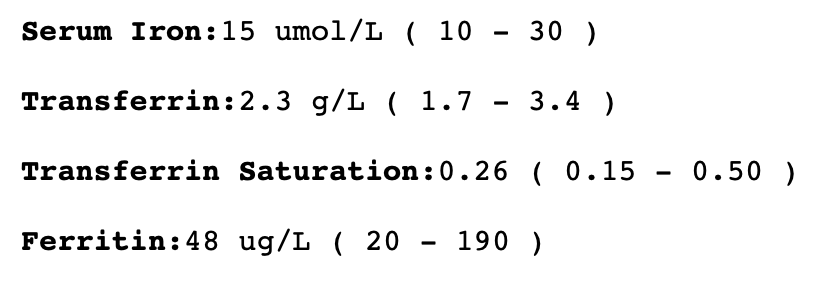
Example: Iron Studies - New Zealand
This is an example of iron study results that you would typically receive in New Zealand. This person is sitting within the normal range for all aspects.
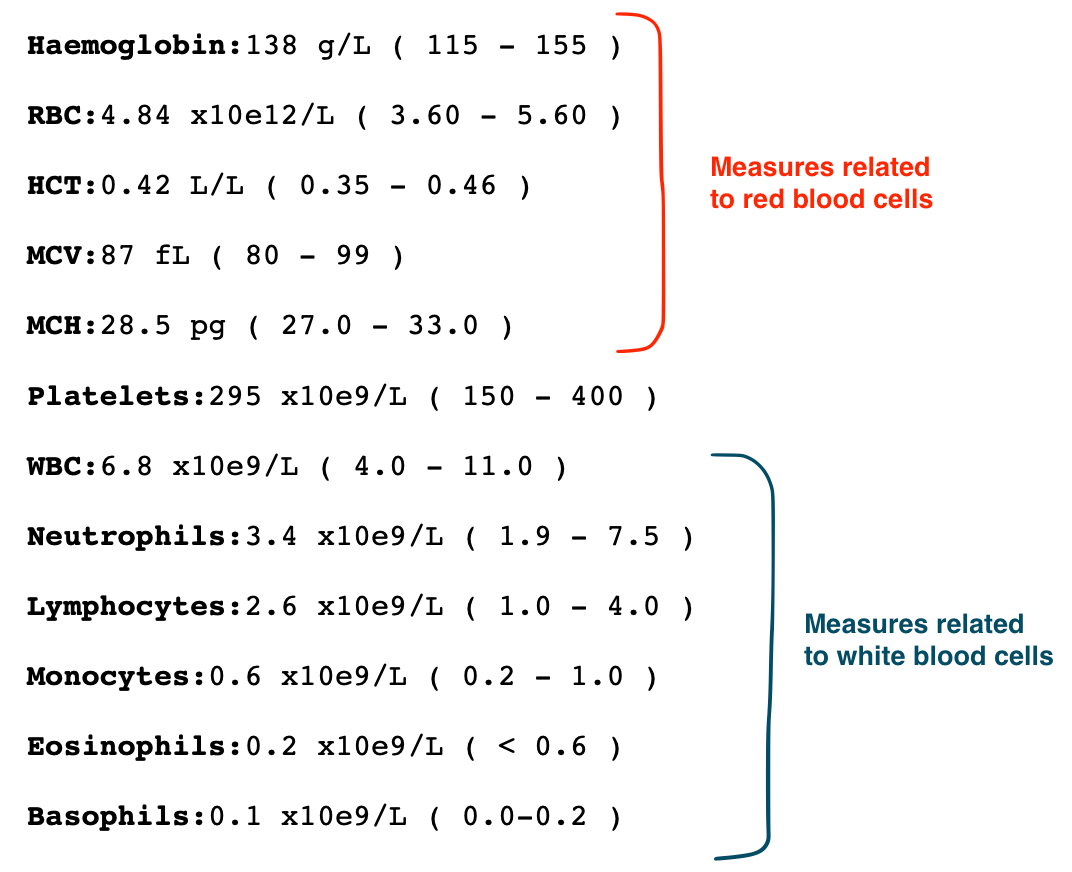
Example: Complete Blood Count - New Zealand
Your doctor may also ask for your to get a Complete Blood Count. This includes red blood cell counts and other related measures. This will help to diagnose anaemia.
The white blood cell measures could also help your doctor to identify if your body is fighting off an infection; and to evaluate your overall health.
You may also like...
- What is muscle glycogen?
- Gastro-intestinal symptoms and gut training
- Nutrition planning for ultras and adventure racing
- What is maltodextrin?
- What are multiple transportable carbohydrates?
- What are hydrogels?
- What are monosaccharides and oligosaccharides?
- Maximising performance with Energy Nut Butter: A Guide for Endurance Exercise
- Energy Nut Butter and LCHF and Ketogenic diets
Check out our customer favourites
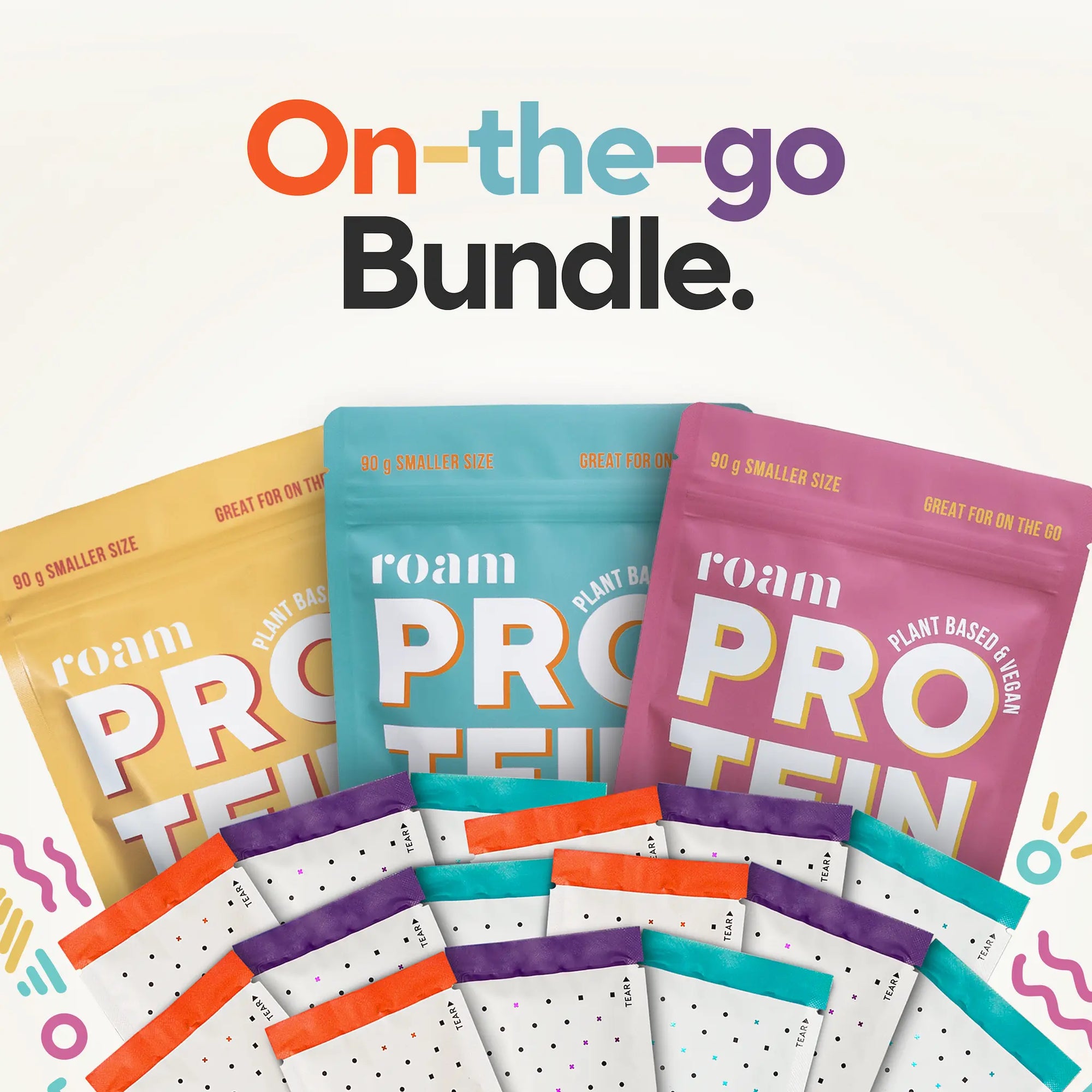
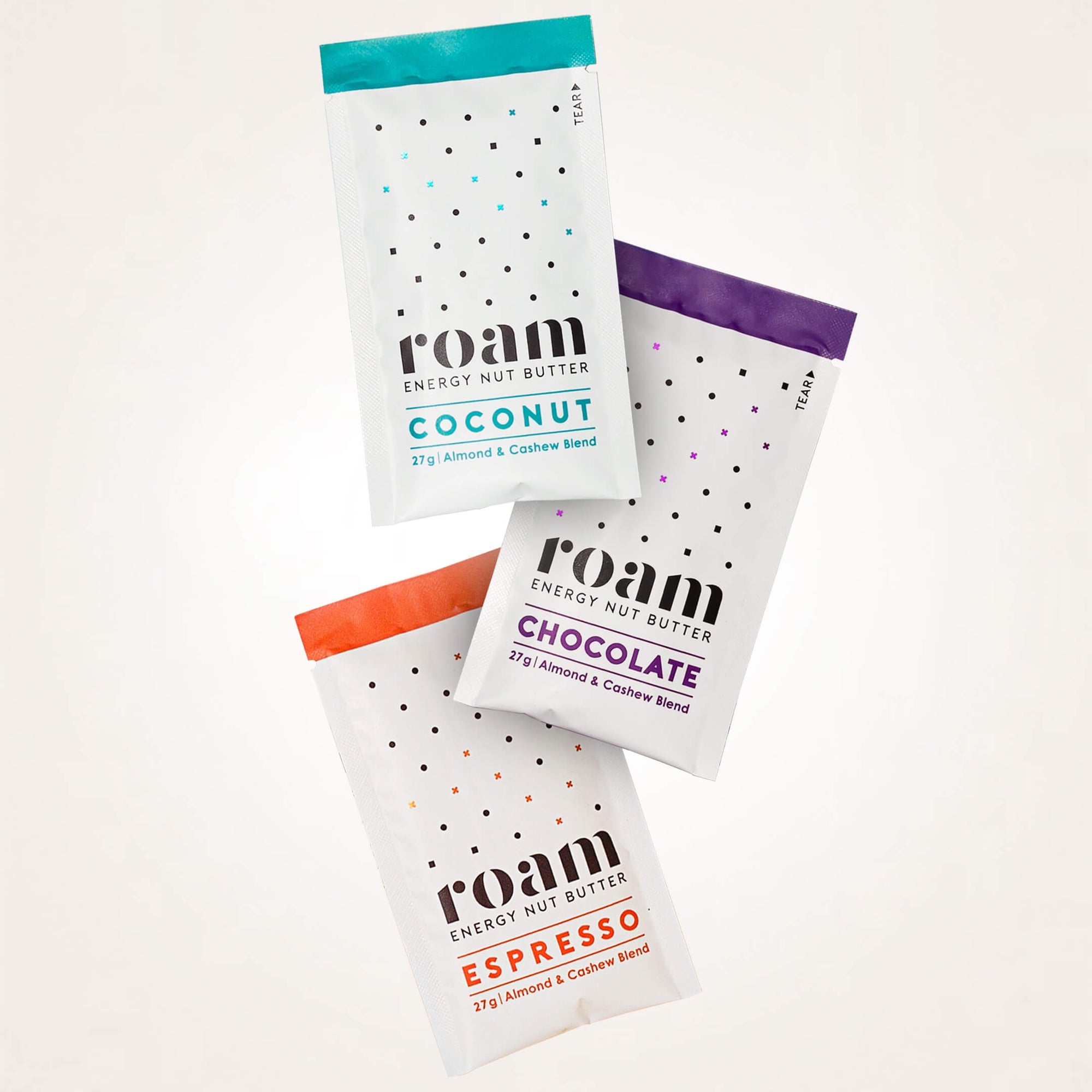

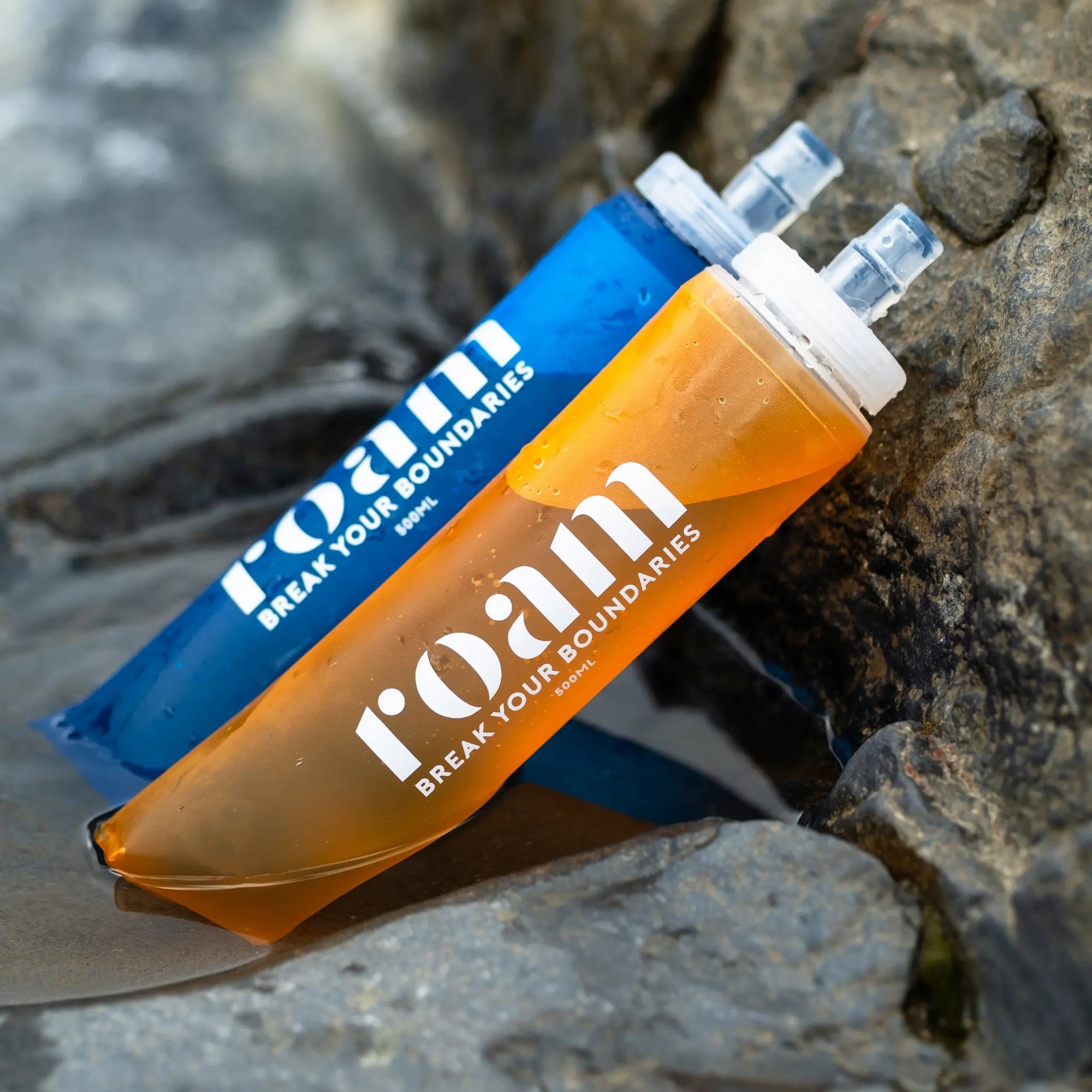
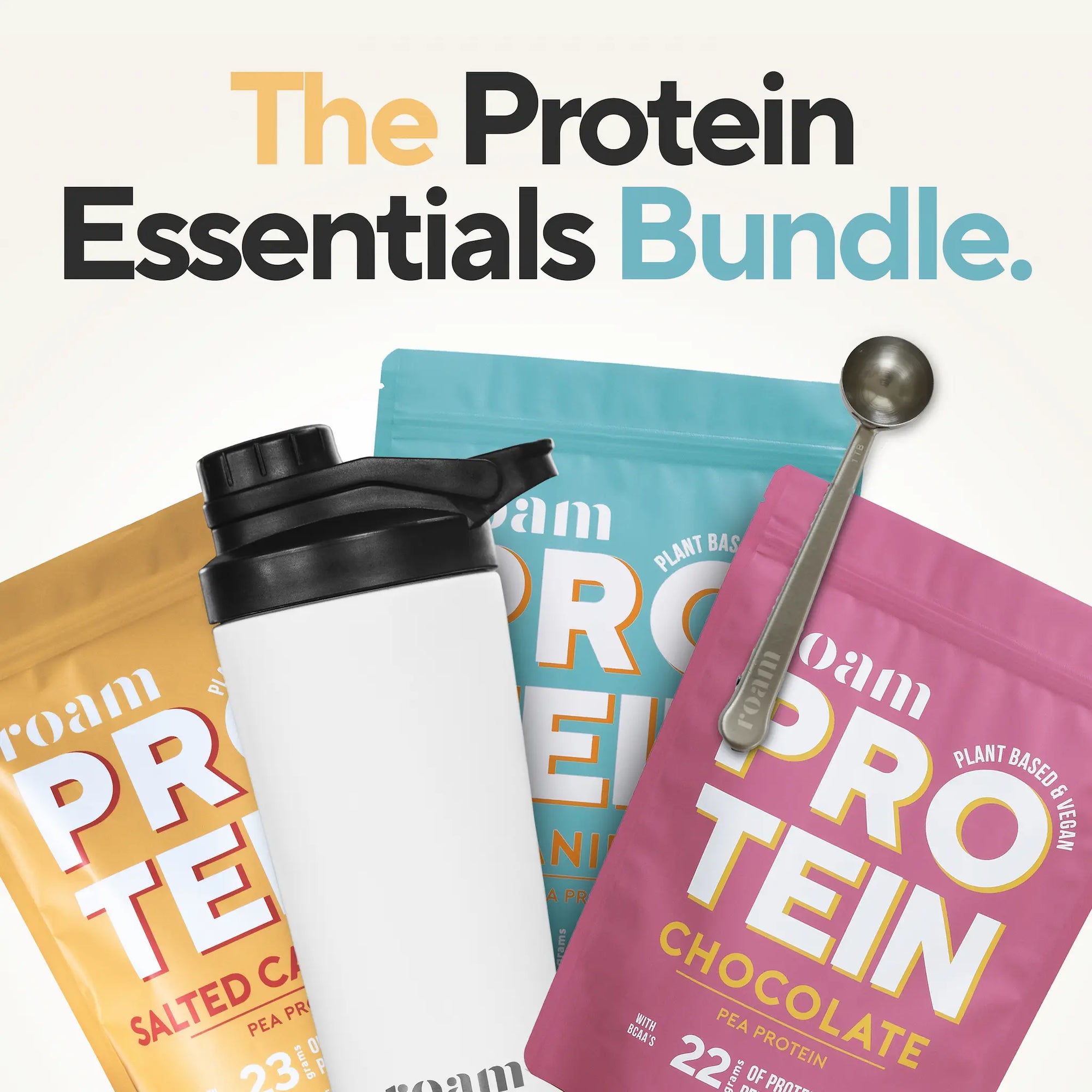
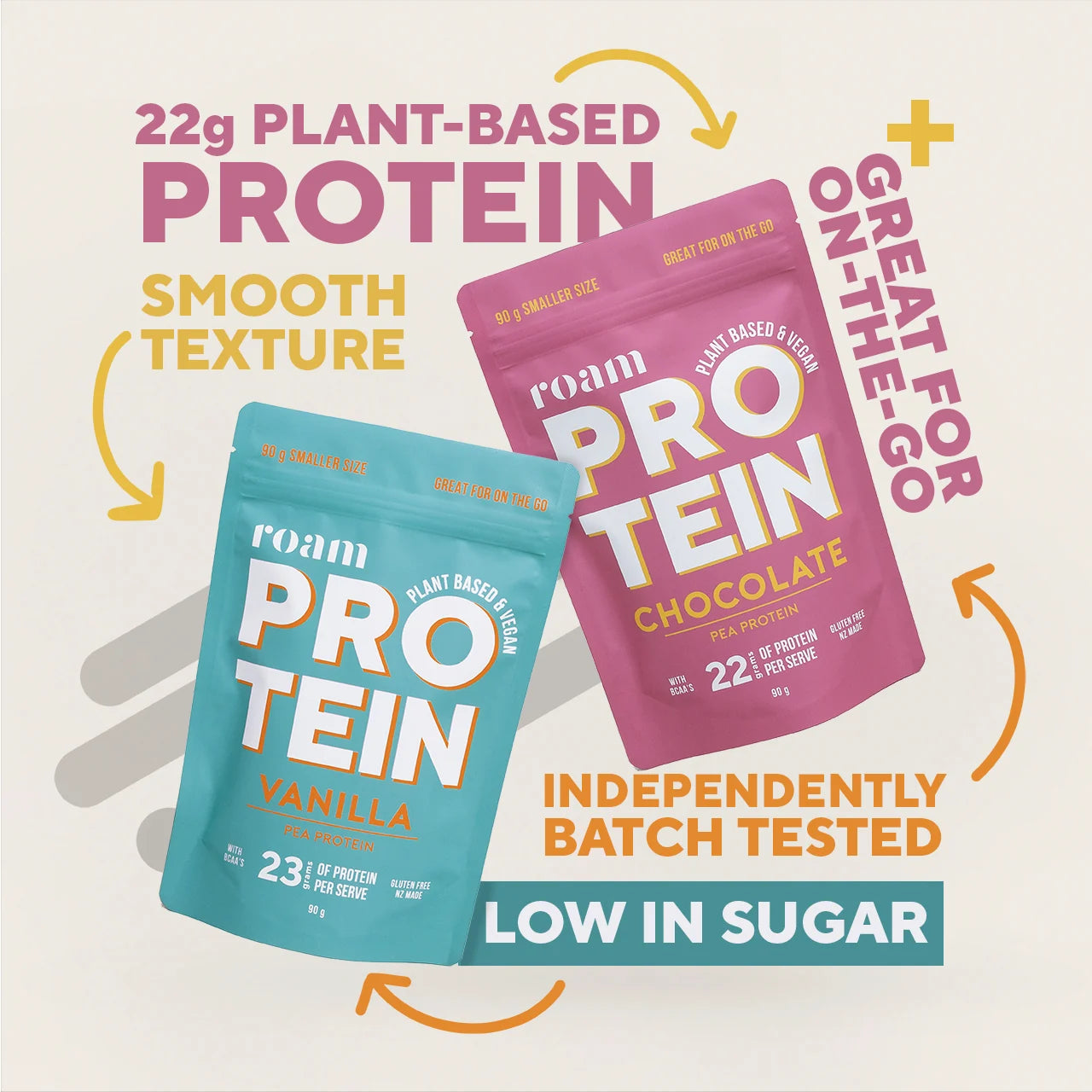 Protein Essentials Bundle
Protein Essentials BundleProtein Essentials Bundle
Regular priceUnit price per$194.95 NZDSale price $150.00 NZD